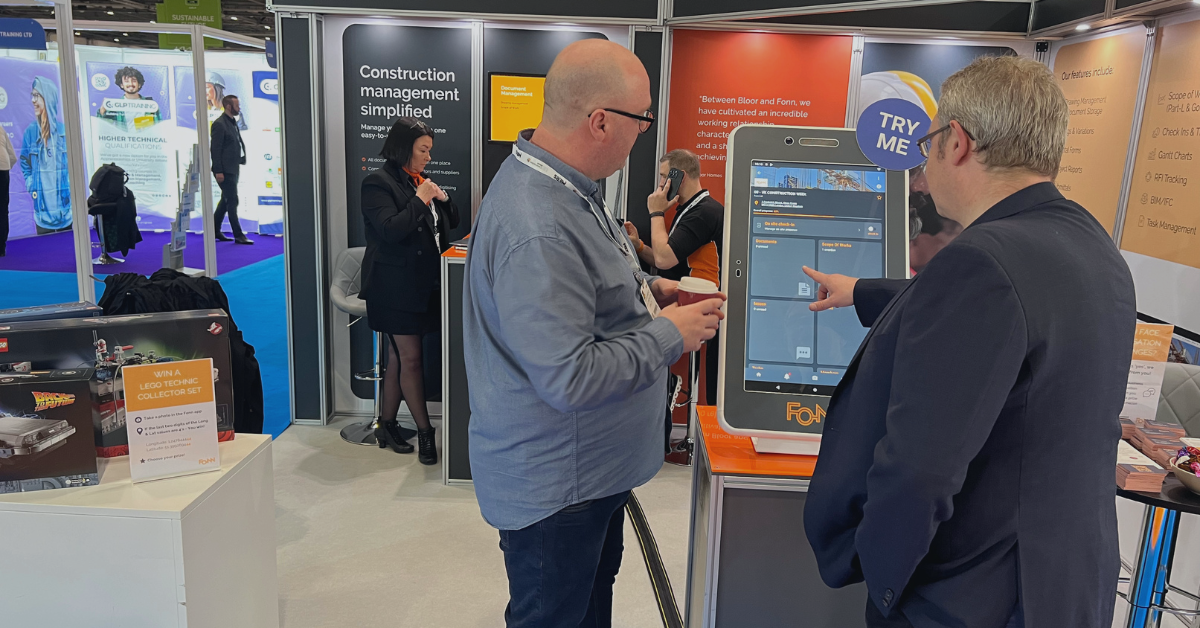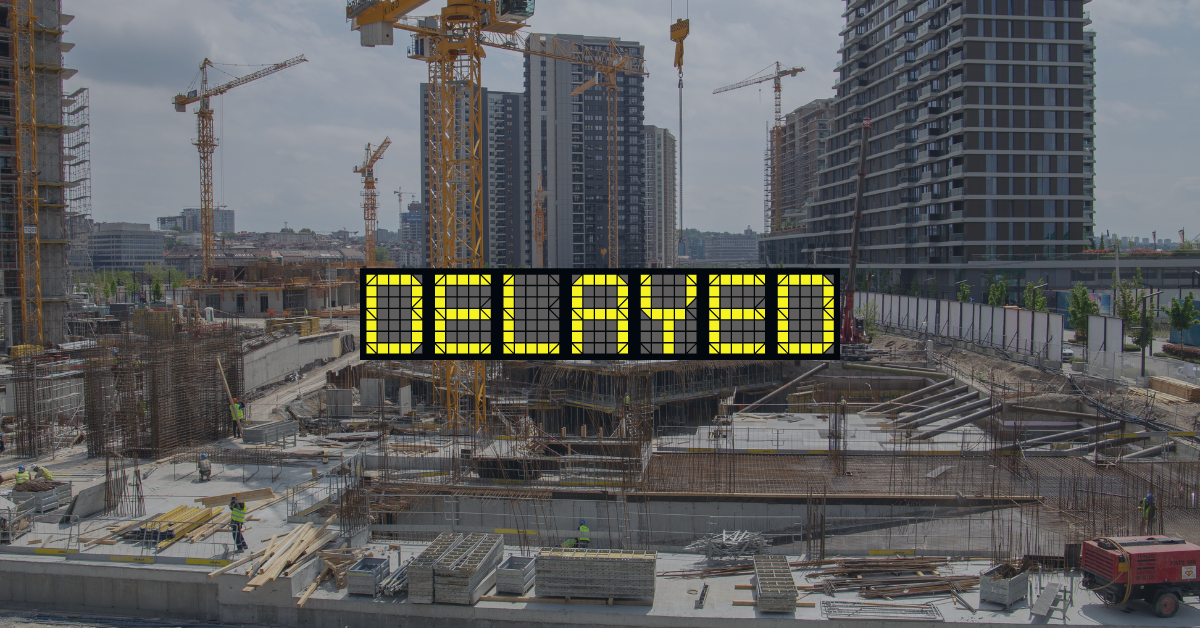Efficiency and quality are essential in today’s construction industry. Pressure to deliver on time, under budget, and within strict regulations can lead to strain on productivity and efficiency is one of the first things to fall by the wayside. Lean construction is an approach to mitigate this issue. Rooted in principles originally developed for manufacturing, lean construction is designed to minimise waste, improve processes and encourage better collaboration across all teams.
Adopting the principles of lean construction can transform construction projects, helping businesses deliver the best quality without compromising on efficiency.
What is lean construction?
Lean construction is a project management philosophy that integrates lean principles, originally developed for manufacturing. Lean processes focus on creating value by optimising resources, minimising waste, and improving workflows. Lean construction challenges the traditional construction model by emphasising continuous improvement and the active participation of all stakeholders.
What are the goals of lean construction?
The primary goals of lean construction are to:
- Maximise value: Deliver the best value for clients by ensuring that every aspect of the project aligns with needs and expectations.
- Reduce waste: Eliminate non-value-adding activities to improve overall project efficiency. This includes minimising the risk of rework.
- Improve productivity: Streamline processes to enhance productivity and reduce project timelines, ensuring everyone is making the most of time on-site.
- Ensure safety: Incorporate safety into processes to minimise accidents and hazards on-site.
- Enhance quality: Focus on build quality throughout the construction process to meet or exceed project specifications.
Collaboration and lean construction
Collaboration is at the heart of lean construction and is key to its success. Traditional construction methods usually involve siloed teams with minimal communication, leading to misunderstandings, mistakes, and delays. Lean construction encourages an integrated project delivery approach, where designers, contractors, subcontractors, and clients work closely together from the project’s inception to completion.
A collaborative environment fosters transparency, better decision-making, and a shared commitment to the project’s goals. Regular communication ensures that issues are addressed promptly, reducing the likelihood of costly delays or rework. In the UK, where construction projects often involve multiple stakeholders and complex regulations, the emphasis on collaboration can significantly impact project outcomes.
What are the main principles of lean construction? .png?width=324&height=324&name=Lean%20Construction%20(1).png)
Lean construction is built on several key principles that guide project management and execution:
Respect for people: Acknowledging that the success of a project depends on the people involved. Recognising the importance of engaging and empowering all team members underlines this principle.
Elimination of waste: Identifying and removing any activities that do not add value to the project, such as overproduction, waiting, unnecessary transportation, and excess inventory.
Continuous improvement: Encouraging an ongoing process of identifying and implementing improvements to enhance efficiency, quality, and value.
Value stream mapping: Continual analysis to assess the flow of materials and information required to deliver a project, identifying bottlenecks, and optimising the process.
Just-in-time delivery: Planning to ensure that materials and resources are delivered exactly when needed to reduce inventory costs and waste.
Built-in quality: Incorporating quality checks throughout the construction process to prevent defects and rework, rather than relying solely on end-of-process inspections.
Integrated project delivery: Promoting early and active collaboration among all stakeholders, leading to better planning, communication, and problem-solving.
What does a lean construction project look like with digital tools?
Lean projects might include the following characteristics:
- Early stakeholder involvement: All parties, from the client to subcontractors, are involved early in the planning phase. This early collaboration helps to identify potential issues and align project goals. Having a central source of information means everyone can access the necessary information without needing to waste time searching for paperwork or emails.
- Efficient workflow: Processes are streamlined to ensure that each phase of the project is completed without unnecessary delays. Digital tools can support scheduling, tracking progress, and managing resources.
- Focus on quality: Quality is built into every stage of the project, with frequent checks and a commitment to getting it right the first time, meaning rework is less likely. Using on-site forms to gather information and being able to assign tasks to on-site project members gives a clear overview of what is being worked on.
- Just-in-time delivery: Materials and resources are delivered as they are needed, reducing the need for on-site storage; a central data environment with a project overview allows site members to see the overall project progress at a glance to assess where additional resources may be needed.
- Continuous improvement: Teams regularly review their processes and performance, seeking ways to enhance efficiency and address any emerging issues promptly. Digital tools with one-click reports allow site managers to assess their team's productivity daily, identifying potential bottlenecks before they happen.
- Collaborative culture: The project is characterised by a strong culture of collaboration, with open communication channels and a shared commitment to the project’s success. A ‘single source of truth’ plays a key role here, eliminating the age-old problem of chasing emails, or scrolling through hundreds of messages.
Lean construction is more than just a set of tools or practices; it is a philosophy that can fundamentally transform how construction projects are delivered. In the UK, where the construction industry faces significant challenges, adopting lean principles could be the key to building a more sustainable and successful future.
Want to see how technology can help you on your way to delivering lean construction?





